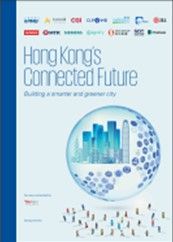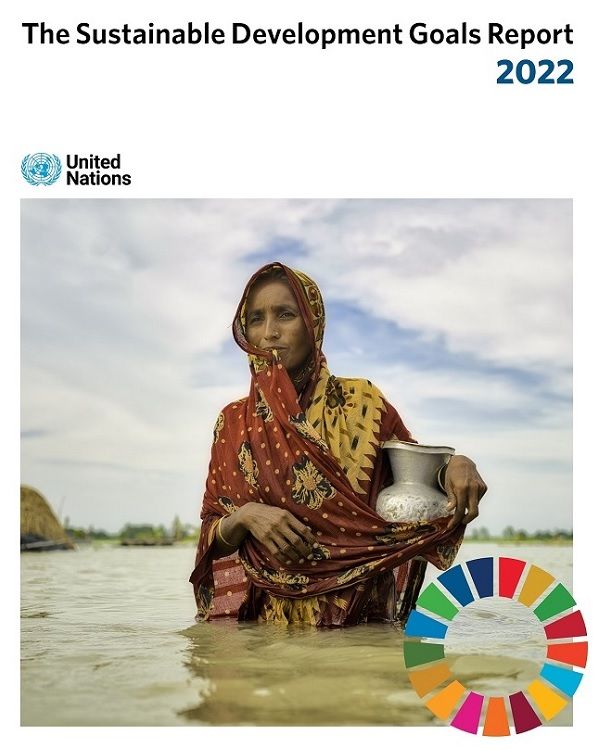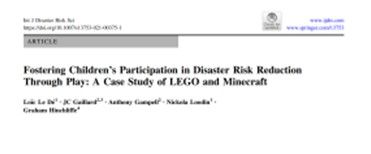You are here
Geotechnical Approaches to Disaster Risk Reduction in Japan and Vietnam
11 July, 2022 Monday
Geotechnical Approaches to Disaster Risk Reduction in Japan and Vietnam
[本文只供英語版本]
[本文只供英語版本]
Originated from Stringer Link: Yasuhara, K., Murakami, S. (2022). Geotechnical Approaches to Disaster Risk Reduction in Japan and Vietnam. In: Ito, T., Tamura, M., Kotera, A., Ishikawa-Ishiwata, Y. (eds) Interlocal Adaptations to Climate Change in East and Southeast Asia. SpringerBriefs in Climate Studies. Springer, Cham. https://doi.org/10.1007/978-3-030-81207-2_6
Click here for full report
Abstract
One of the factors responsible for the increased severity of disasters in recent years is overlapping events that are caused by a combination of climate change- and climate change-non-associated events. These compound disasters are common in Japan and Vietnam. This study attempts to explore ways in which to increase resilience against the risk of disasters, particularly in cases where residents encounter such compound disasters, in Japan and Vietnam.
Lessons Learned
(i)
Inundation of coastal regions undergoing a combination of SLR and LS is more serious than in regions without LS. In such regions, multiple adaptive measures should be adopted.
(ii)
The concept of adaptation should be shifted from being reactive to proactive, as doing so would lead to increasing overall resilience.
(iii)
Successful adaptation essentially not only requires domestic networks to connect stakeholders, but also the international networks.








